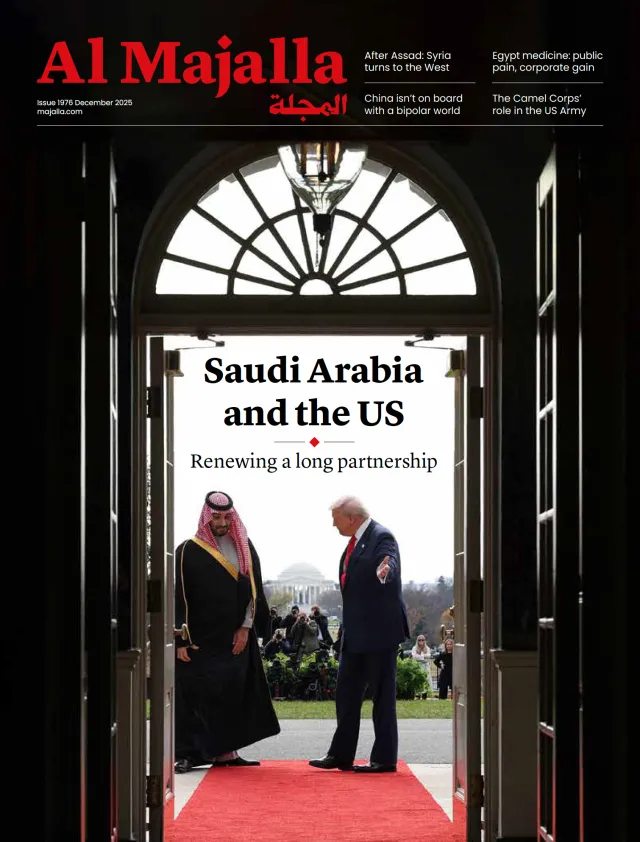More than a month has passed since fighting along the Syrian coast led to hundreds of deaths, both security personnel and civilians, but the security situation remains far from stable. Government forces are still being ambushed, while security units are still conducting raids on the homes of former regime loyalists suspected of involvement in the coordinated attack against security forces in early March.
This coastal region was once considered a bastion of the Syrian regime and a refuge for many implicated in the killing of civilians over recent years, so the recent unrest has deeply affected local morale, causing fear among residents.
A General Security official, speaking to Al Majalla, described its efforts as “essential to stabilise the region, reassure civilians, and ensure their safety, while simultaneously preventing remnants of the former regime from regaining the capacity to launch another coup attempt against the will of the Syrian people”.
How it began
The coastal unrest began in the village of Beit Ana, in rural Latakia, when unidentified gunmen opened fire on General Security personnel in an effort to prevent the arrest of individuals wanted for criminal activity. A series of coordinated attacks and ambushes along key roads in the Jableh countryside near Latakia followed.
In response, a coalition of governmental and non-governmental Syrian forces moved rapidly to the coast to counter the resurgence of regime loyalists and curtail their operations, but the situation swiftly descended into lawlessness, with indiscriminate violence and civilian casualties.
President Ahmed al-Sharaa acknowledged the violations committed against civilians and pledged to hold the perpetrators accountable. On 9 March, he established an independent national committee tasked with investigating the abuses, as well as another dedicated to preserving civil peace.

Read more: Syria coastal violence: A critical test for Sharaa's government
Anas Airoot, a member of the latter, spoke to Al Majalla. “We have passed through the most difficult phase and the period of fear,” said Airoot. “People have returned to their villages, homes, and jobs. Life is returning to normal.” At meetings, people have “voiced grievances and proposed solutions... these gatherings have helped mend rifts between communities and, thank God, progress is being made.”
A strong presence of Syrian government forces has led to a drop in violence, but a palpable sense of fear still hangs over the region. Al Majalla spoke to several residents from coastal regions, including Latakia, Baniyas, Tartus, and Jableh, which revealed four dominant perspectives currently shaping public opinion.
Some civilians felt that the government was doing all it could to restore security and prevent remnants of the Assad regime from launching another coordinated assault, while others acknowledged an improvement but still felt this was inadequate, warning that the threat of renewed violence still looms large.
Syria’s weapons depot
Alaa, a resident of Jableh, said the current security climate was “much better” than during the clashes between General Security forces and pro-Assad fighters in March, adding that “everyone on the coast knows about the vast stockpiles of weapons held by former regime elements that could wreak havoc on civilians... We can see the effort General Security is putting into ensuring these weapons are not turned against us”.
Yasmin, from Tartus, echoed that. “Not a day passes without news of General Security confiscating hidden weapons,” she said. “Just imagine if Assadist remnants were given another chance to use them.”
Omar and Raed, from Latakia, agreed that the current situation was “better” than under Bashar al-Assad’s rule, when people were killed daily without consequence or inquiry. “The coastal region went through tragic events in March,” said Raed, “but today, the reality is improved, and security has returned to the city.”













